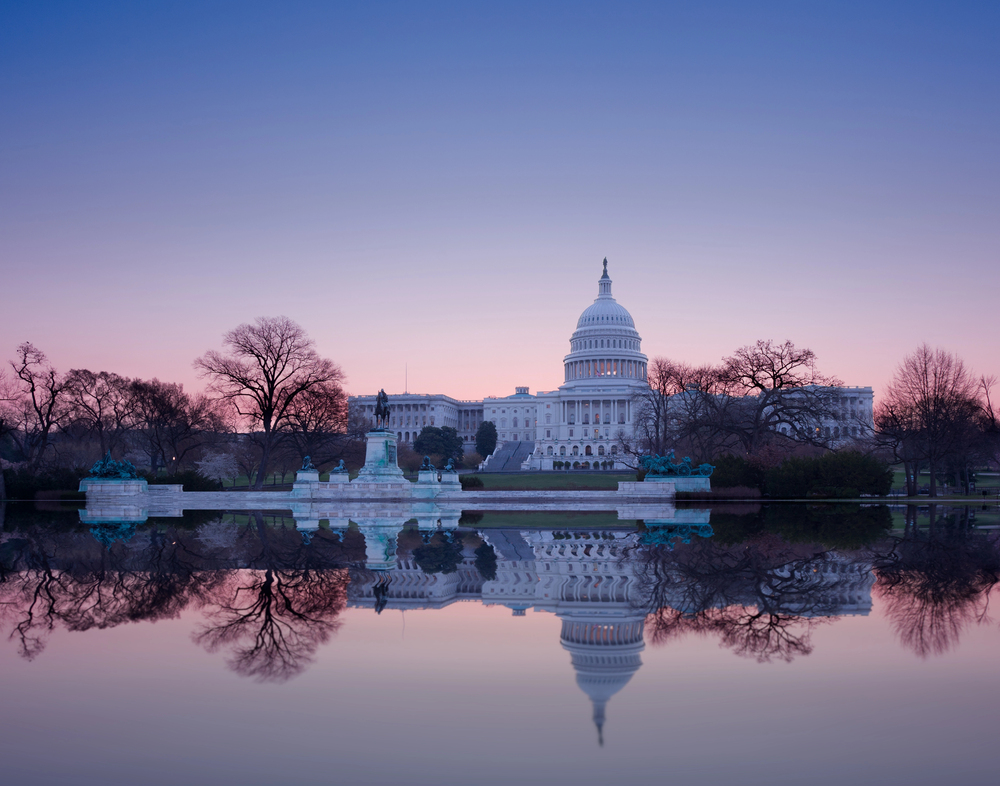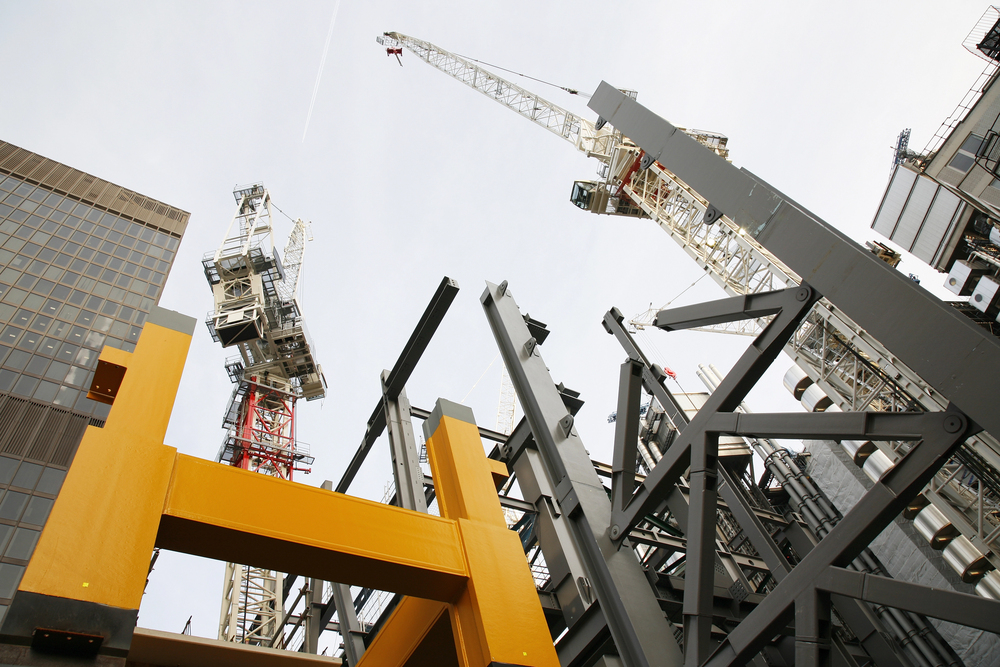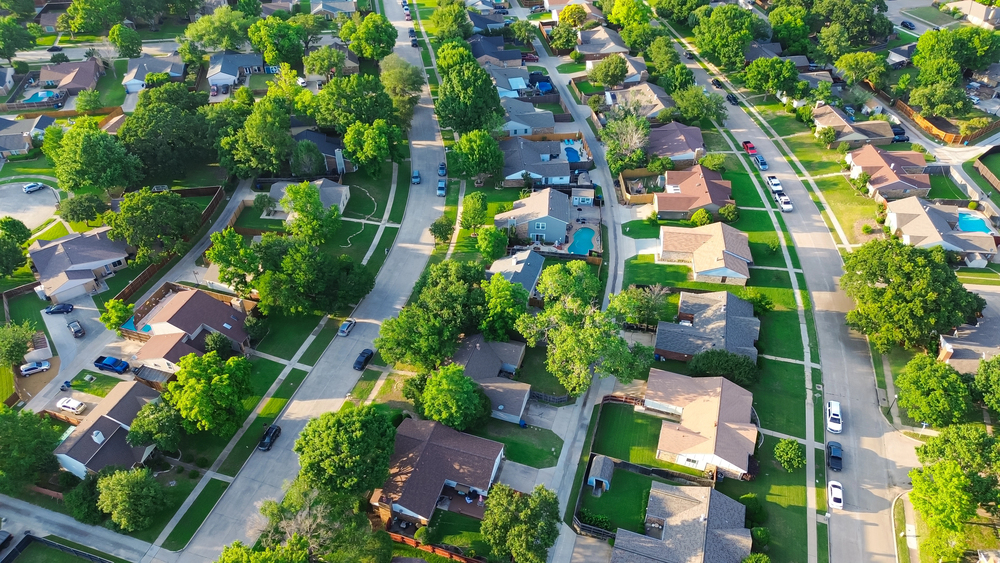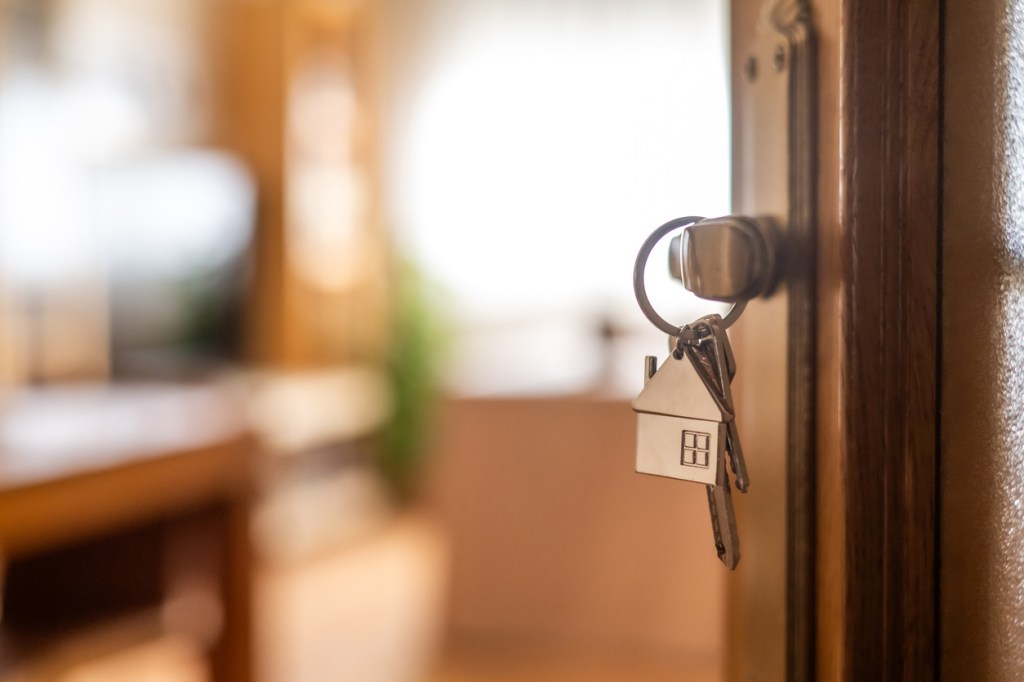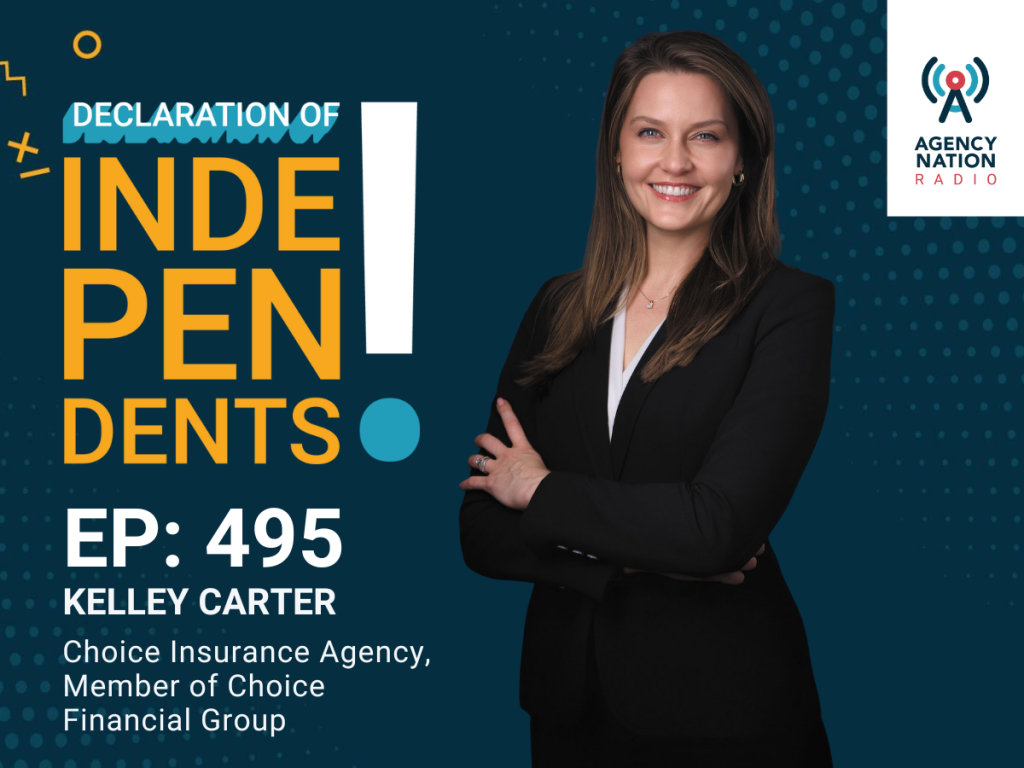President Approves Disaster Assistance and NFIP Extension
By: Jennifer Webb
Last week, Congress passed and President Trump signed into law a $15 billion disaster relief package related to Hurricane Harvey and in anticipation of Hurricane Irma. The legislation also included a short-term extension of the NFIP through Dec. 8.
The package contains $7.4 billion in direct assistance for Hurricane Harvey victims, $450 million for Small Business Administration (SBA) loans and an additional $7.4 billion in community development block grants for all disasters in 2017.
Those impacted by the recent storms may be eligible for federal funds to cover uninsured or underinsured disaster expenses or serious needs. In general, two types of assistance are available from the federal government for disaster victims: grant assistance from FEMA, and SBA loans. Applicants can receive either a FEMA grant or SBA loan, a combination of both, or neither.
Individual assistance grants from FEMA are currently capped at $33,300 and cover such expenses as temporary housing costs, home repair and replacement costs, and health care costs, such as the replacement of medication or medical equipment, among other disaster-related costs. FEMA’s grants do not cover food losses, insurance deductibles and secondary homes.
Assistance for any single household is capped at $33,300, but that cap includes the following maximum reimbursements:
- Up to $6,000 to repair or replace vehicle damaged by the disaster
- Up to $3,600 for child care expenses for children ages 13 and under, or ages 14-18 with a disability
- Up to $7,000 for funeral expenses
SBA offers loans to both businesses and homeowners. Applicants who register for a FEMA grant are often referred to the SBA, which sets loan amounts and terms based on each applicant’s financial circumstances:
- Homeowners can apply for loans up to $200,000 to repair or replace disaster-damaged property.
- Homeowners and renters are eligible for up to $40,000 to repair or replace disaster-damaged personal property, such as furniture, clothing and vehicles.
- Businesses and private nonprofit organizations may borrow up to $2 million to repair or replace property, machinery and equipment, inventory, and other business assets.
- Small businesses can apply for an economic injury disaster loan for up to $2 million regardless of whether they suffered any physical property damage. However, if a business already applied for a physical damage loan, the cap for both loans is still $2 million.
Jennifer Webb is Big “I” federal government affairs counsel.

